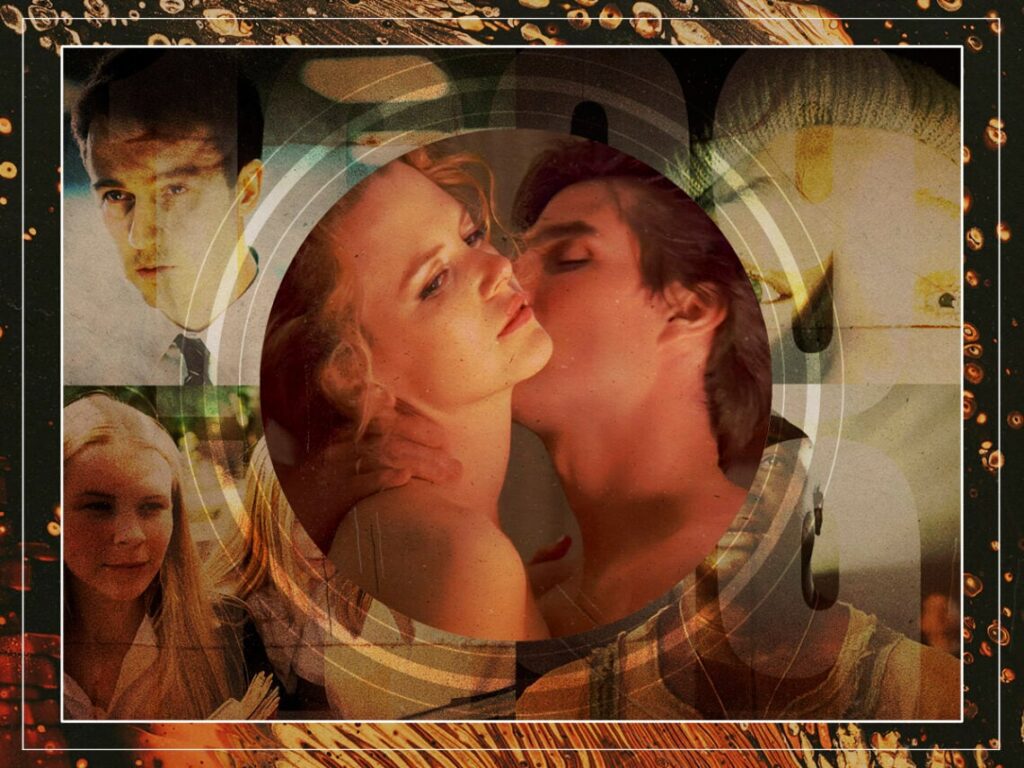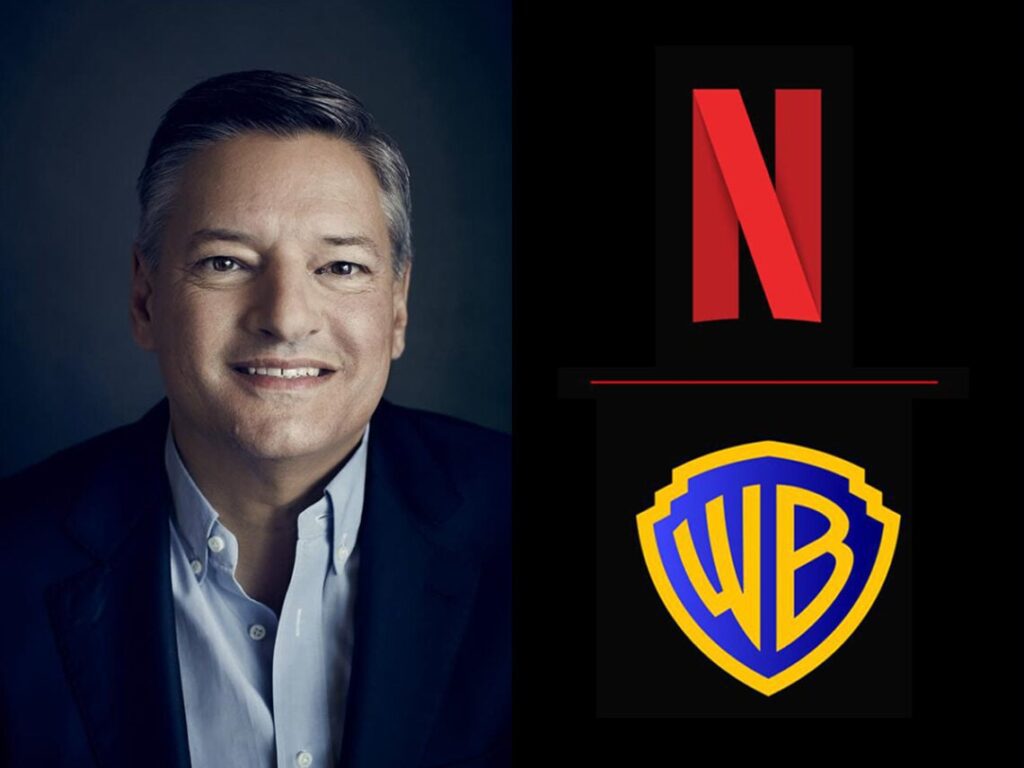When the LA spotlights aligned: why was cinema so magnificent in 1999?
 Posted On
Posted On
(Credits: Far Out / Paramount Pictures / Warner Bros / 20th Century Fox)
When we look back through cinema history, there are years that stand out as considerably better than others. It depends on which countries and genres we’re looking at, but overall, years like 2005 and, more recently, 2020 have been pretty forgettable in terms of their cinematic output. Then there are the years which delivered countless classics, like 1939, 1971 and, perhaps one of the most iconic ‘best years for Hollywood’, 1999.
Brace yourself – all of these movies were released in one year: Fight Club, The Virgin Suicides, Election, American Beauty, Being John Malkovich, The Blair Witch Project, Eyes Wide Shut, Magnolia, Girl, Interrupted, The Green Mile, 10 Things I Hate About You, Cruel Intentions, Never Been Kissed, The Matrix, The Sixth Sense, Boys Don’t Cry, Notting Hill, But I’m A Cheerleader, Go, The Straight Story, The Mummy, Toy Story 2, The Talented Mr Ripley, and Rushmore.
Of course, there were even more acclaimed movies released outside of America during 1999, like Beau Travail and Ratcatcher, but the sheer amount of incredible cinema coming out of Hollywood in such a short space of time was indicative of a cultural shift within the industry. The decade was coming to an end, which had given rise to the indie cinema boom. After New Hollywood had emerged in the late 1960s and early ‘70s in response to the dominance of studios and the easing of the censorial Hays Code, Hollywood went full circle, and studios began dominating again with the arrival of blockbusters becoming a perfect money-making opportunity.
During the 1980s, there was a rise in franchises, sequels and spin-offs, which was eventually challenged by the emergence of controversial indie films like Sex, Lies and Videotape (1989) and Reservoir Dogs (1992). Both were distributed by Miramax, a company that played a vital role in popularising indie cinema in the mainstream.
Meanwhile, the popularity of the grunge movement in music, with bands like Nirvana dominating the airwaves, suggested that many young people were feeling disillusioned with the world. As socio-economic problems continued to affect civilians across the country, people began to move away from the bright colours and loud patterns that defined much of the ‘80s. The next decade welcomed a chance for filmmakers to explore grittier themes instead of spoonfeeding audiences happy Hollywood endings.
By 1999, the indie boom was reaching its peak, and many films effortlessly blended themes and stylistic choices associated with independent cinema, such as bleak endings and experimental editing, with Hollywood marketability. Using recognisable casts, captivating production design, and often focusing on relatable characters, these films were the perfect blend of commercialism and creativity.
As technology became increasingly assimilated into people’s daily lives, with computers becoming a household item in the 1990s, people felt a mixture of emotions—both excitement and apprehension. Naturally, filmmakers started to incorporate these fears, paired with commentary on capitalism and consumerism, into their work. In turn, many movies from this year dissect middle-class malaise, gender roles and isolation under the capitalist system.
There were also real fears about the end of the world, with the Y2K computer bug causing genuine anxiety. Humans were about to enter a new millennium, a first for everyone alive. Subsequently, several films that emerged in the run-up to this potential end to life, like American Beauty and Fight Club, were concerned with nihilism and a feeling of pointlessness and alienation.
Fight Club earned plenty of success, becoming one of 1999’s most recognisable movies. The film explores gender, isolation, and feelings of boredom and monotony under capitalism. We follow Edward Norton’s character, The Narrator, who hates his job as an office worker. By the end of the movie, he watches the destruction of various skyscrapers, reflecting many people’s dissatisfaction with living boring, corporate lives.
Even the funnier movies from 1999 were still rich with social commentary, like But I’m A Cheerleader. The candy-coloured exploration of gender and sexuality saw director Jamie Babbit challenge stereotypical norms which operate to keep society and capitalism ‘running smoothly’. While the movie wasn’t very successful at the time, it reflected the period’s ability to blend accessible comedy with indie aesthetics and complex social commentary. The film was one of the year’s happier movies, acting as a refreshing watch after the tragedies that occur in movies like The Virgin Suicides, American Beauty and Boys Don’t Cry.
Evidently, a collection of factors, like the heightened feelings of capitalist alienation, a larger market for more ‘experimental’ cinema due to the expansion of movie theatres across the United States, and Miramax’s success—leading to a rare window within the industry where ‘indie’ filmmaking found popularity among mainstream viewers—resulted in the brilliant array of movies released in 1999.
[embedded content]


